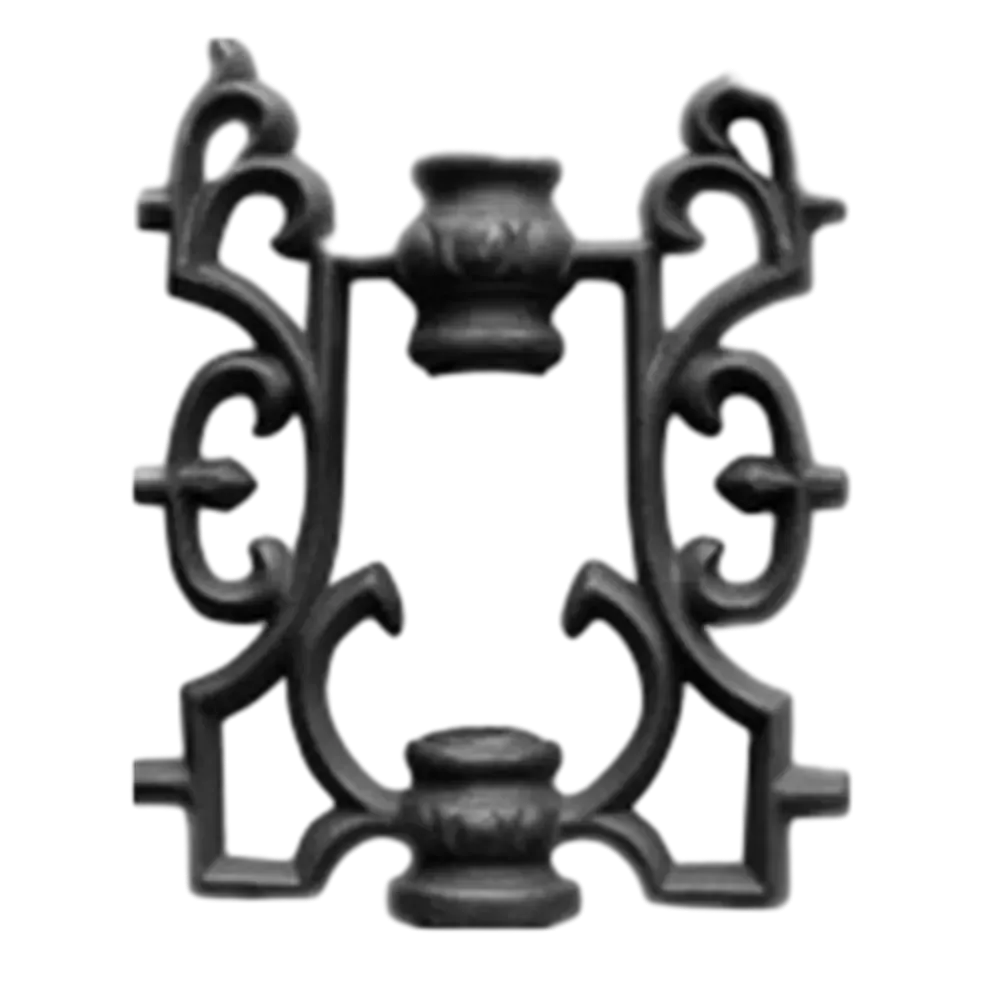Essential Components for Durable Metal Railing Systems and Their Installation Tips
The Essential Guide to Metal Railing Parts
Metal railings are a popular choice for residential and commercial properties, providing both safety and aesthetic appeal. Whether used for decks, balconies, staircases, or as partitioning in spaces, metal railings consist of several components that work together to achieve functionality and style. Understanding these parts can help you make informed decisions, whether you're planning an installation, renovation, or upgrade.
Key Components of Metal Railings
1. Posts The foundation of any railing system, posts are vertical supports that hold the entire structure in place. Made from durable metals like steel or aluminum, these posts can be designed to suit different applications and architectural styles. They are often installed at regular intervals and need to be anchored securely to provide the necessary stability.
2. Rails Rails are the horizontal components that connect the posts together. A railing system typically includes a top rail and a bottom rail. The top rail not only adds to the aesthetic but also provides a surface for users to grasp for safety. The bottom rail adds integrity and structure, especially in situations where infill materials are attached.
3. Balusters Also known as pickets or spindles, balusters are the vertical elements that run between the top and bottom rails. They play a crucial role in preventing falls and are key for ensuring safety, particularly in residential applications. Balusters can vary in design from simple to ornate, allowing homeowners to customize their railing to their personal style.
4. Infill Panels Infill panels are used to provide additional safety and privacy between the balusters. These can be solid panels made of metal, glass, or other materials, offering various aesthetic options. Infill panels are particularly popular in more contemporary designs, allowing for clever combinations of transparency and solid surfaces.
metal railing parts

5. Brackets and Connectors These hardware components are essential for the assembly and stabilization of a railing system. Brackets are used to attach the rails to the posts, while connectors link various sections or components together. The right type of hardware ensures that the railing remains secure and durable.
6. Finish and Coating The aesthetic appeal and longevity of metal railings are significantly influenced by their finishes. Powder coating is a popular choice as it offers a wide range of colors and textures, along with excellent resistance to weather and corrosion. Stainless steel finishes provide a modern look and corrosion resistance while needing minimal maintenance.
Benefits of Metal Railings
Metal railings offer numerous advantages, making them a popular choice for many builders and homeowners. Their strength and durability are unmatched, making them suited for high-traffic areas and structures exposed to the elements. Additionally, they provide low maintenance compared to wood railings, as metal is less susceptible to decay, warping, and pest infestations.
Moreover, metal railings can enhance the aesthetic appeal of a property. They can be customized in various styles, from traditional wrought iron to sleek modern designs in stainless steel or aluminum. This versatility allows for integration into almost any architectural theme.
Conclusion
When considering metal railings for your space, it is essential to understand the various parts that make up the system. From posts to balusters and infill panels, each component contributes to the overall safety, functionality, and aesthetic of the railing. With proper selection and installation, metal railings can provide lasting value that enhances both the appearance and safety of your property. Whether you’re renovating, building anew, or simply looking to upgrade, investing in quality metal railing parts is a decision that will benefit you for years to come.
-
Wrought Iron Components: Timeless Elegance and Structural StrengthNewsJul.28,2025
-
Window Hardware Essentials: Rollers, Handles, and Locking SolutionsNewsJul.28,2025
-
Small Agricultural Processing Machines: Corn Threshers, Cassava Chippers, Grain Peelers & Chaff CuttersNewsJul.28,2025
-
Sliding Rollers: Smooth, Silent, and Built to LastNewsJul.28,2025
-
Cast Iron Stoves: Timeless Heating with Modern EfficiencyNewsJul.28,2025
-
Cast Iron Pipe and Fitting: Durable, Fire-Resistant Solutions for Plumbing and DrainageNewsJul.28,2025
-
 Wrought Iron Components: Timeless Elegance and Structural StrengthJul-28-2025Wrought Iron Components: Timeless Elegance and Structural Strength
Wrought Iron Components: Timeless Elegance and Structural StrengthJul-28-2025Wrought Iron Components: Timeless Elegance and Structural Strength -
 Window Hardware Essentials: Rollers, Handles, and Locking SolutionsJul-28-2025Window Hardware Essentials: Rollers, Handles, and Locking Solutions
Window Hardware Essentials: Rollers, Handles, and Locking SolutionsJul-28-2025Window Hardware Essentials: Rollers, Handles, and Locking Solutions -
 Small Agricultural Processing Machines: Corn Threshers, Cassava Chippers, Grain Peelers & Chaff CuttersJul-28-2025Small Agricultural Processing Machines: Corn Threshers, Cassava Chippers, Grain Peelers & Chaff Cutters
Small Agricultural Processing Machines: Corn Threshers, Cassava Chippers, Grain Peelers & Chaff CuttersJul-28-2025Small Agricultural Processing Machines: Corn Threshers, Cassava Chippers, Grain Peelers & Chaff Cutters












